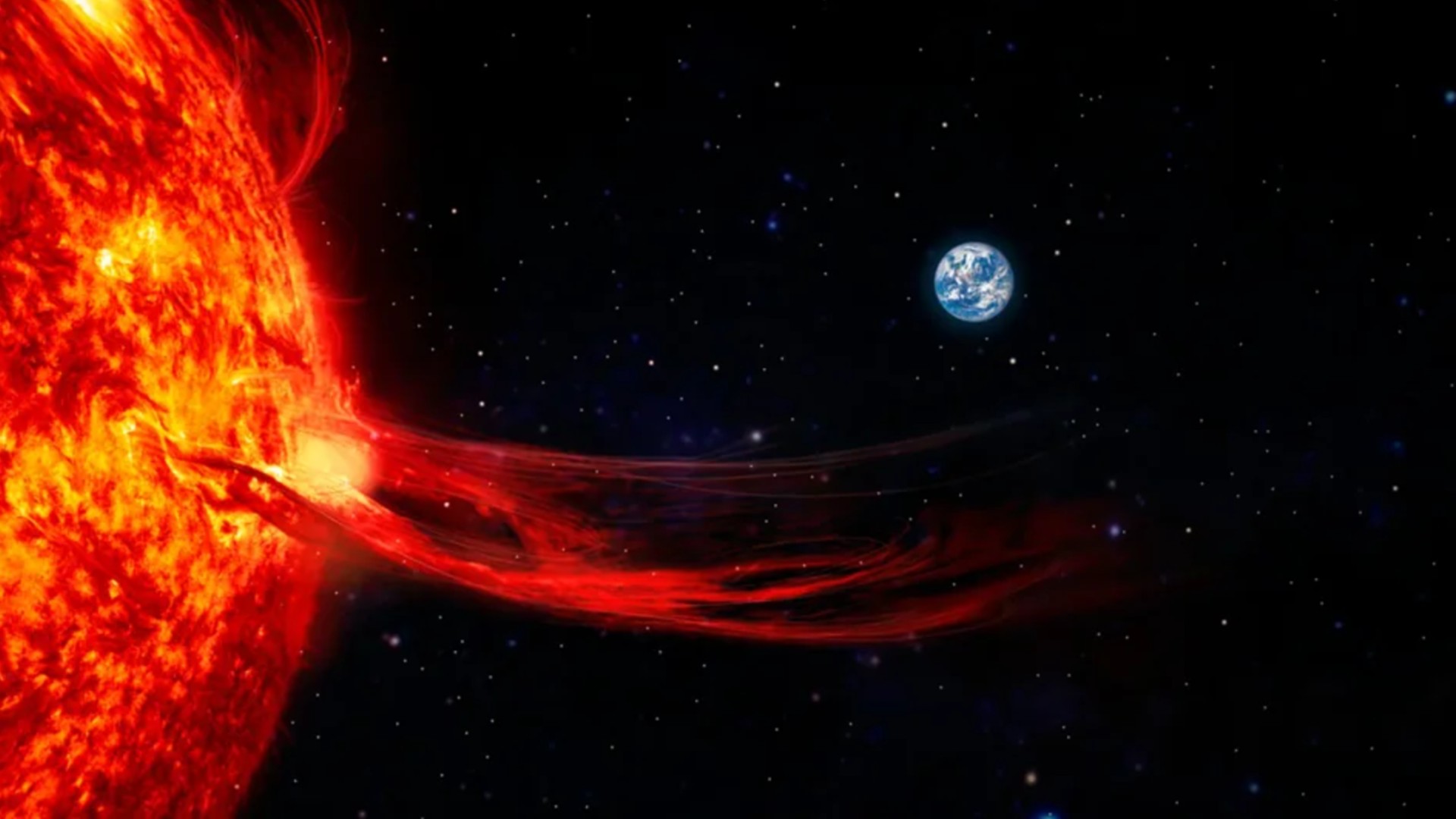Solar storms occur when massive amounts of charged particles and plasma are ejected from the Sun. If the next one hits soon, you may not be able to share it with your friends on social media.
During the data communication conference SIGCOMM 2021, researchers of the University of California have predicted that the upcoming solar storm, whenever it hits, will likely induce an “internet apocalypse,” precipitating a worldwide internet blackout that could last for months. In a paper titled “Solar Superstorms: Planning for an Internet Apocalypse,” researchers argue that a fast-moving cloud of magnetized particles ejected from the Sun during a solar storm could severely damage the internet on Earth.
The Earth is constantly bombarded by particles ejected by the Sun. Despite this, most electronics on the planet work fine. As a result, Earth’s atmosphere acts as a shield, blocking most of the harmful radiation and charged particles, and reflecting them into space.
For decades, scientists have known that magnetized particles can interfere with electronic devices’ functionality and disrupt electrical grids. Most of humanity’s electronic infrastructure is protected by Earth’s protective shield.
Every so often, however, the Sun emits enough mass to blanket the Earth and overwhelm its atmospheric barriers. Yet, when the most recent solar storm occurred in 2014, the planet’s infrastructure came out on the other side pretty unscathed.
Hence, the latest research being presented at SIGCOMM 2021 is significant. According to the study, most power grid infrastructure may not be significantly affected. Neither is the local internet infrastructure, which uses fiber optics and is properly grounded. Undersea cables that provide connectivity between continents, however, are at risk of being severely damaged.
Solar storms strong enough to disrupt even a few of these massive cables could result in a global blackout lasting months.
Researchers have also pointed out that very little data has been collected about Solar Super Storms. Three significant events of solar storms have been recorded in history. Recent solar activity in 2014 was also a minor event.
During the most intense solar storm ever recorded in history, which erupted in 1859 and has been referred to as the Carrington Event, the Earth’s magnetosphere was bombarded with so much solar mass that it induced an enormous geomagnetic storm ever recorded. Compasses worldwide were recorded going haywire, while the Aurora Borealis, or the Northern lights, were visible in Colombia, near the equator.
Cover Photo: Shutterstock
